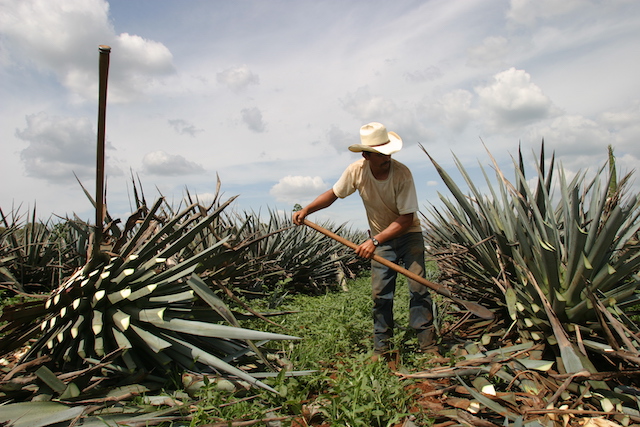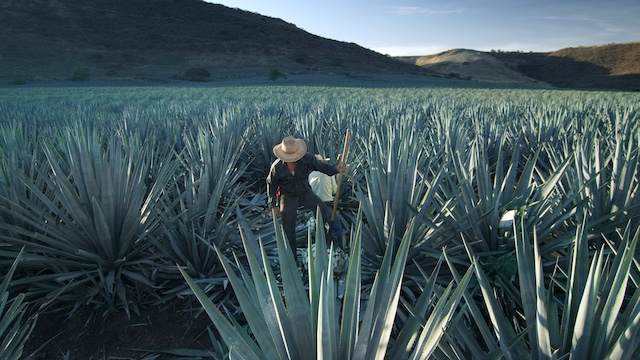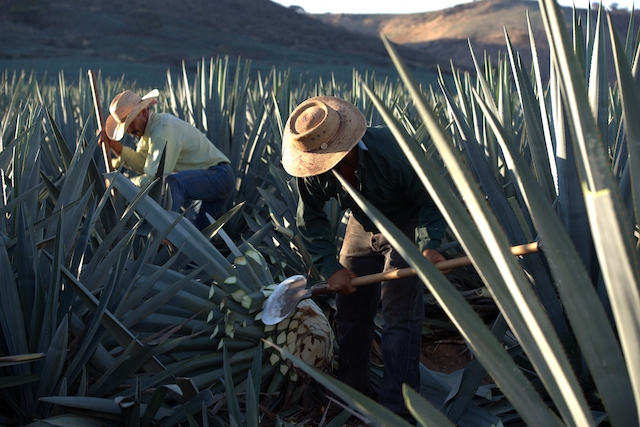While the tequila industry has been through many changes, the way the agave is harvested has remained the same for several centuries. Skilled workers called jimadores have been using the same tools and methods for generations. Without them, tequila production simply wouldn’t be possible.
“Though demand for tequila is definitely increasing, the process for harvesting agave has not changed at all,” says Antonio Rodriguez, production director at Tequila Patrón in Jalisco, Mexico. “Agave is still, and likely always will be, cut and trimmed one-by-one by hand, using a razor-sharp tool called a coa. So far, there’s no machine that can do that activity. It has to be done by a jimador. ”
 A jimador hard at work in an agave field. Photo courtesy of Patron.
A jimador hard at work in an agave field. Photo courtesy of Patron.
Jimadores start their day around 6 a.m so they can finish before the hottest part of the day. Coa in hand, they expertly hack the bitter leaves away from the piñas — the white, pineapple-like core of the agave. Improper leaf trimming would not only lead to bitter tequila, but it would also increase the methanol content, Rodriguez says.
The blue Weber agave used to make tequila grows in a variety of places. Jimadores must travel to fields that can’t be reached by car or truck, whether it’s a tall mountaintop or deep valley. It takes a team of six or seven people about four hours to fill a 20-ton truck with agave, which is then taken to the distillery where it is cooked, crushed, and fermented into tequila.
In addition to the intensive and precise physical labor required, jimadores are also responsible for quality control.
“In one field, you can have a certain number of plants that are not the same quality as all the rest,” says Rodriguez. “Experienced jimadores are truly critical to our success because they are the front lines working with our agronomists to select which agave plants — those that are the healthiest and highest quality — to harvest for Patrón tequila.”
 “It takes a special skill, and a lot of hard work, to harvest agave,” says Rodriguez.
“It takes a special skill, and a lot of hard work, to harvest agave,” says Rodriguez.
Workers wages have increased as the industry plants and harvests more agave, according to Rodriguez.
“It takes a special skill, and a lot of hard work, to harvest agave and it’s a tradition that often gets passed down from generation to generation,” says Rodriguez. “But, like in many other industries, we’re also experiencing nowadays a deficit in jimadores — it doesn’t mean that the tequila supply is in jeopardy, but growers are definitely offering better incentives for jimadores.”
But Rodriguez says it’s a pride and passion in their work that keeps jimadores coming back to the fields day after day.
“The agave has been there almost seven years. So the care in which they perform the harvesting of the agave is like watching a spectacle,” he says. “All the angles they do, how they trim, how they sharpen their coa. It’s full of handcrafted methods, full of passion. The same passion involved in producing a tequila goes into taking this tequila and making a cocktail.”
 Jimadores take pride and passion in their work.
Jimadores take pride and passion in their work.






